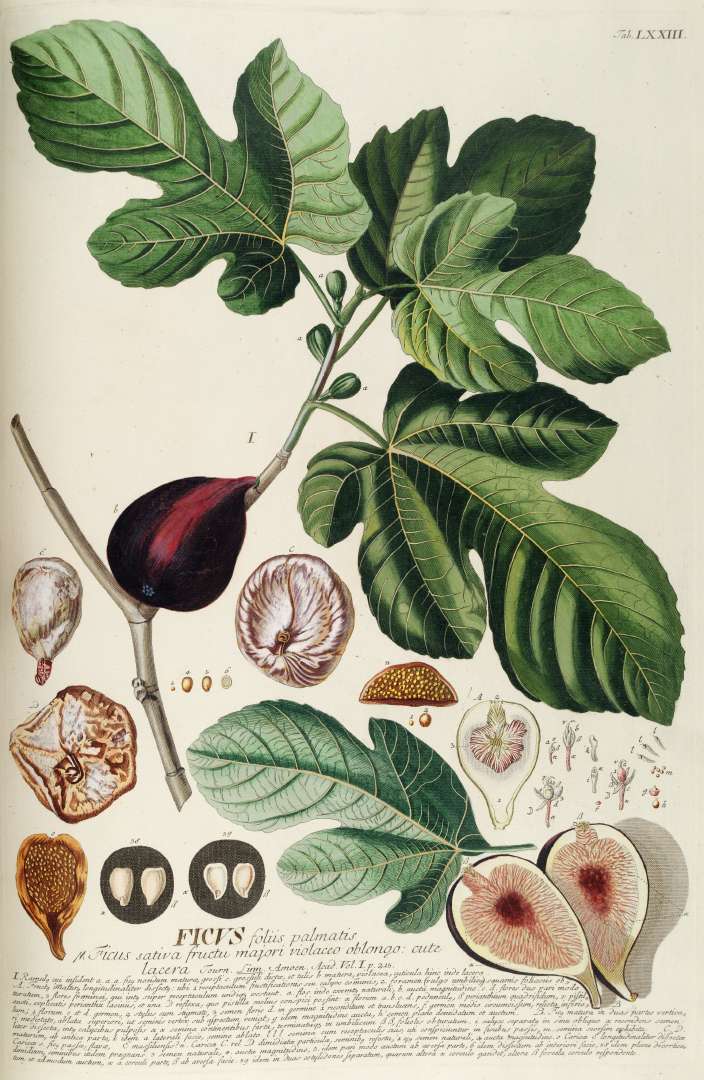I couldn't let this summer go without posting another recipe for ice cream. Today's story was inspired, once more, by Pellegrino Artusi. It begins with a small dose of food history and ends with a modest version of his redcurrant gelato that was published in Science in the Kitchen and the Art of Eating Well (1891).
Early versions of ice cream appeared several thousand years ago. Chinese, Persian and Roman emperors and their courtiers were all partial to mixtures of fruit, honey and iced water. By the seventeenth century, royal and noble palates in Europe had been introduced to more sophisticated versions: cream ice and water ice. The first was prepared with milk, cream, sugar and yolks. The second with fruit, sugar and water. The method of preparation was fairly complicated until the first ice cream makers were invented in the second half of the nineteenth century. Storage was also difficult without refrigerators. However, ice cream became wildly popular on both sides of the Atlantic and best-selling cookbooks featured a lot of recipes for both cream and water ices.
 |
| C. J. Trew - Ficus carica - Plantae Selectae... v. 8 (t. 73) - 1771 |
Today we enjoy several kinds of ice cream without milk, including sorbet and granita that noone would confuse with either gelato or parfait - but for nineteenth century authors, the line between ice cream and sorbet was very easy to cross. That's why Pellegrino Artusi defined them both as gelati and called ice cream, in particular, gelato di crema.
One difference between sorbet and granita lies in their degree of creaminess. To avoid crystallization in either recipe, gourmet chefs still use egg whites but Agnes Bertha Marshall (1855-1905), the English 'queen of ices', replaced eggs with gelatine. Besides that, her sorbets were flavored with alcoholic drinks and painted with artificial colours. Other tricks for achieving creaminess during the nineteenth century included the use of large amounts of sugar, either directly or in the form of syrups. French cookbook authors, such as Pierre Lacam in 1878, advised to mix syrups with conserved fruit juices and equal amounts of water - at specific temperatures for every time of the year. His basic recipe for sorbet used: 1lt water, 1.5lt conserved fruit juice, and 1.25kg sugar. On the contrary, Pellegrino Artusi used only fresh ingredients, adjusting the flavor and texture of his granitas with a bit of lemon, and sometimes orange, juice. Although fashionable circles in England, France and the United States enjoyed a wide variety of gourmet cream and water ices, Science in the Kitchen and the Art of Eating Well followed a century-old tradition using discreetly flavored ingredients, like almonds, orange skin and jasmine petals.
.JPG)
Comments